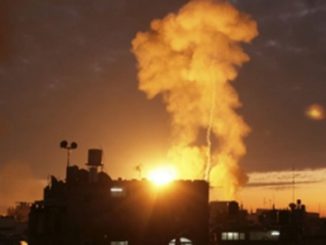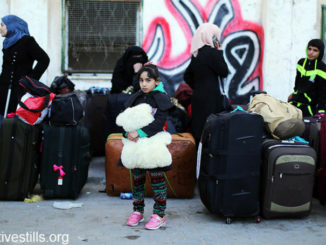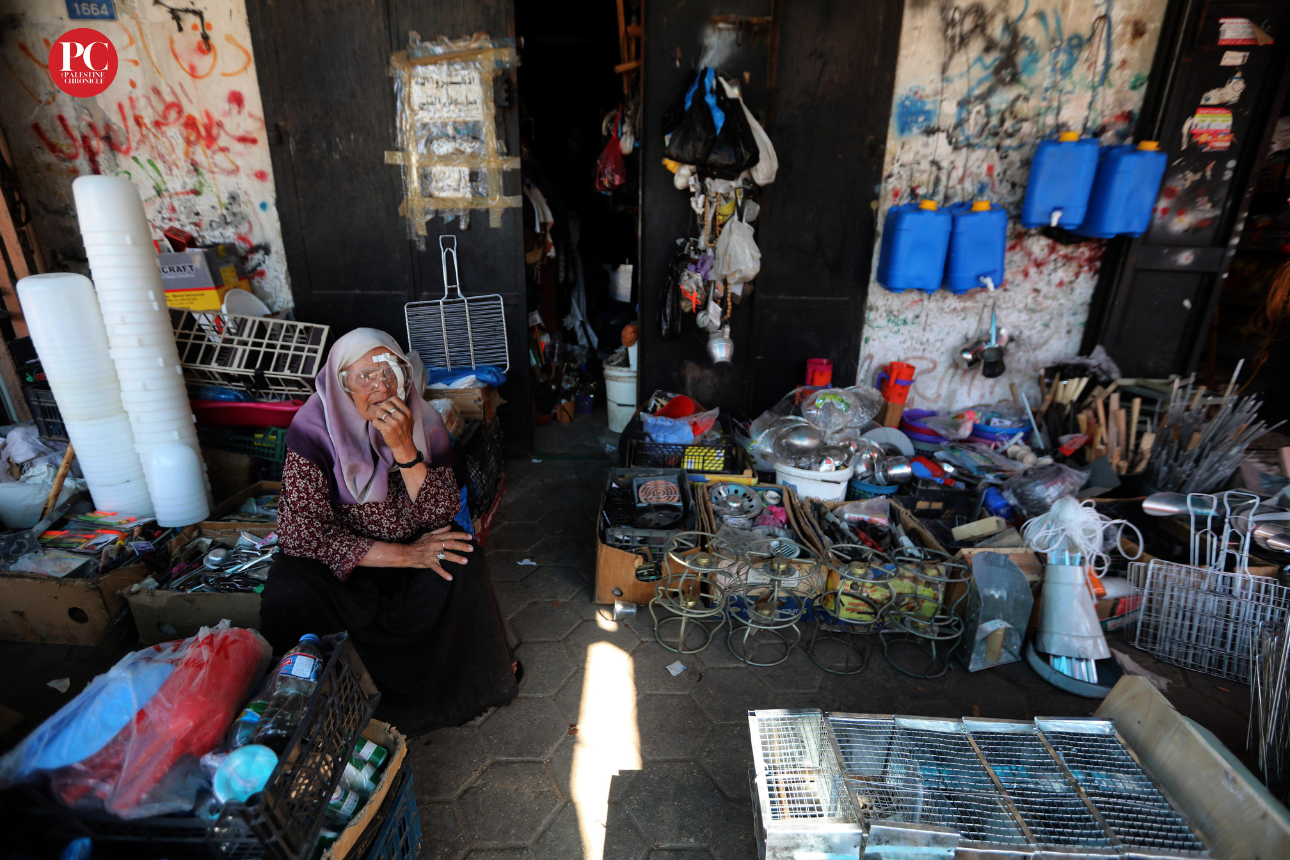
The Palestine Chronicle walked around the historic Firas Market in Gaza City and talked to vendors and shopkeepers.
Many of Gaza’s workers have not received their salaries this month. In fact, some have not received any money for months, while 45%
percent of Palestinians in the besieged enclave are unemployed.
This means that there is little money available to revive dying markets throughout the Strip.
The Palestine Chronicle walked around the historic Firas Market in Gaza City and talked to vendors and shopkeepers.
Unlike shopkeepers who have a permanent customer base, and can sustain losses for days on end, with the hope that the market will pick up again, vendors live day to day on their meager income.
The street vendors are, therefore, most devastated by the ongoing crisis.
No Salvation
One young man selling produce in the streets told The Palestine Chronicle that he, along with other vendors, usually waits for the first Thursday or Friday of each month to sell as much as possible. It is then that salaries are distributed.
This time around, salvation is yet to arrive.
The Palestinian Authority is the largest employer in Palestine. Its chronic lack of funds is particularly bad during this period.
This is compounded by another financial crisis suffered by the UN Palestinian Refugees Agency, UNRWA.
“Things got a bit better for a while,” Sabah Abu ‘Ase, another street vendor told The Palestine Chronicle, “but it is just terrible these days.”
Sabah had recently operated on one of her eyes, and she was clearly in no shape to be selling a few house supplies in the Firas Market for over 12 hours a day.
“There is no money and no shoppers, or even movement in the market,” she added in a resigned voice.
Worsening Siege
Gaza’s challenge is not just that of the lack of funds, but also the lack of essential items as a result of the Israeli siege on the small region, which has been in place since 2007.
The blockade began when Israel refused to accept the results of a democratic election that brought the political movement Hamas to the helm of the PA.
Since then, the situation has progressively worsened, especially as Israel launched major wars on Gaza that killed and wounded thousands.
Nearly 1.8 million Palestinians in Gaza are suffering from food insecurity, according to the World Food Program.
“There is nothing we can do about it,” an old street vendor told us.
“We can only wait and hope for God’s mercy,” he added, as he reorganized the few fish he was hoping to sell before the day ended.
The old man then yelled aloud to attract the attention of customers.
The old market, however, was almost completely empty.
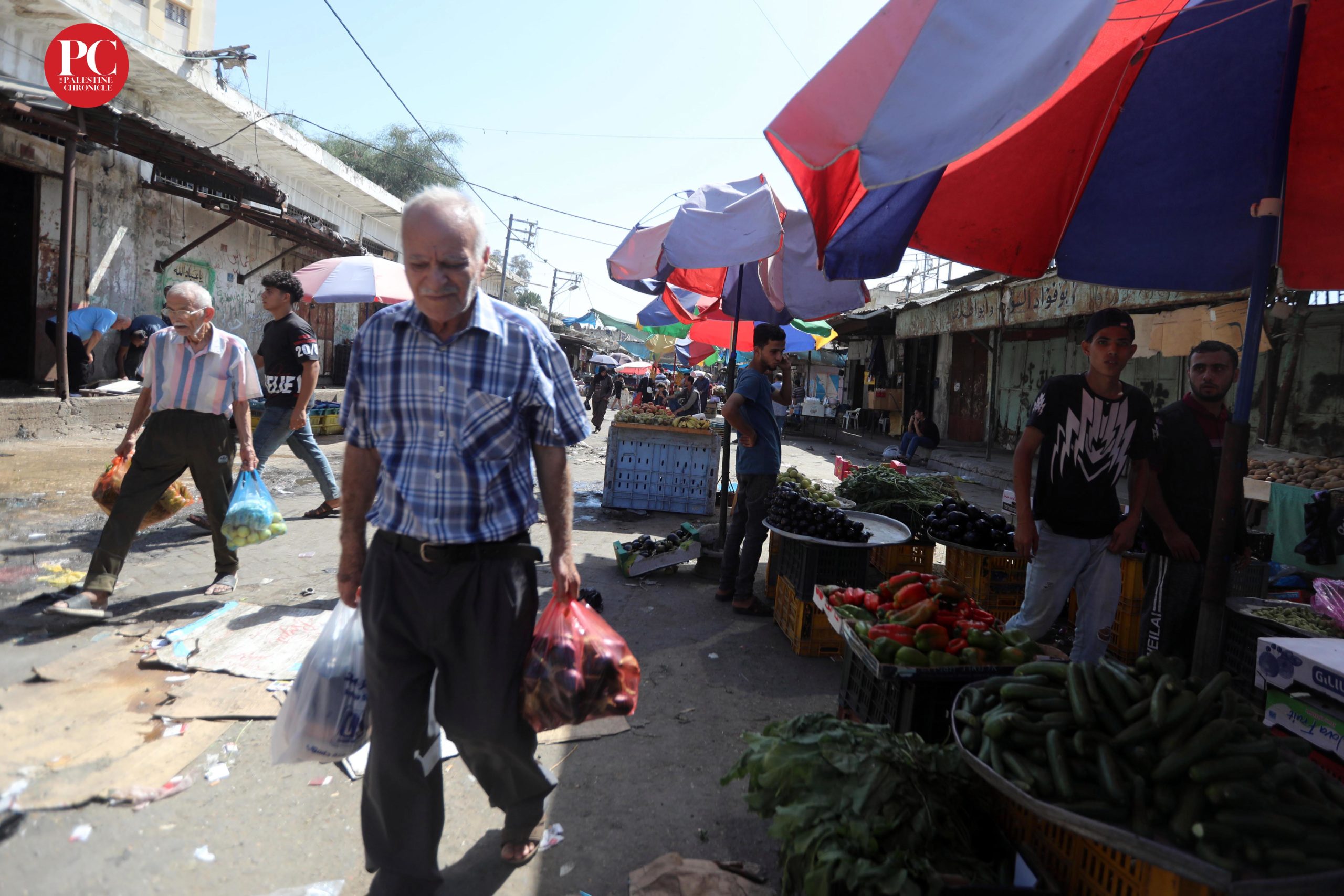
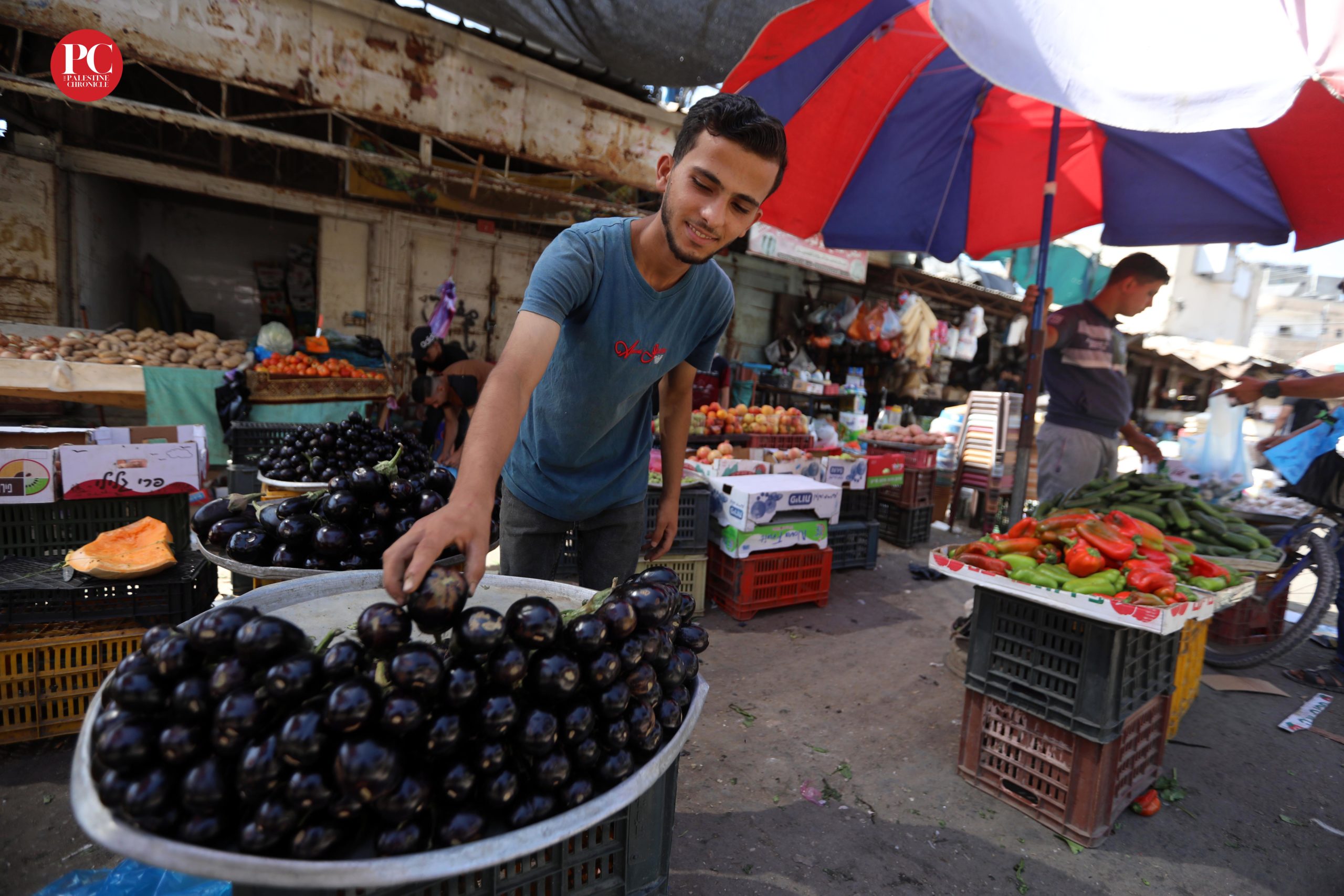
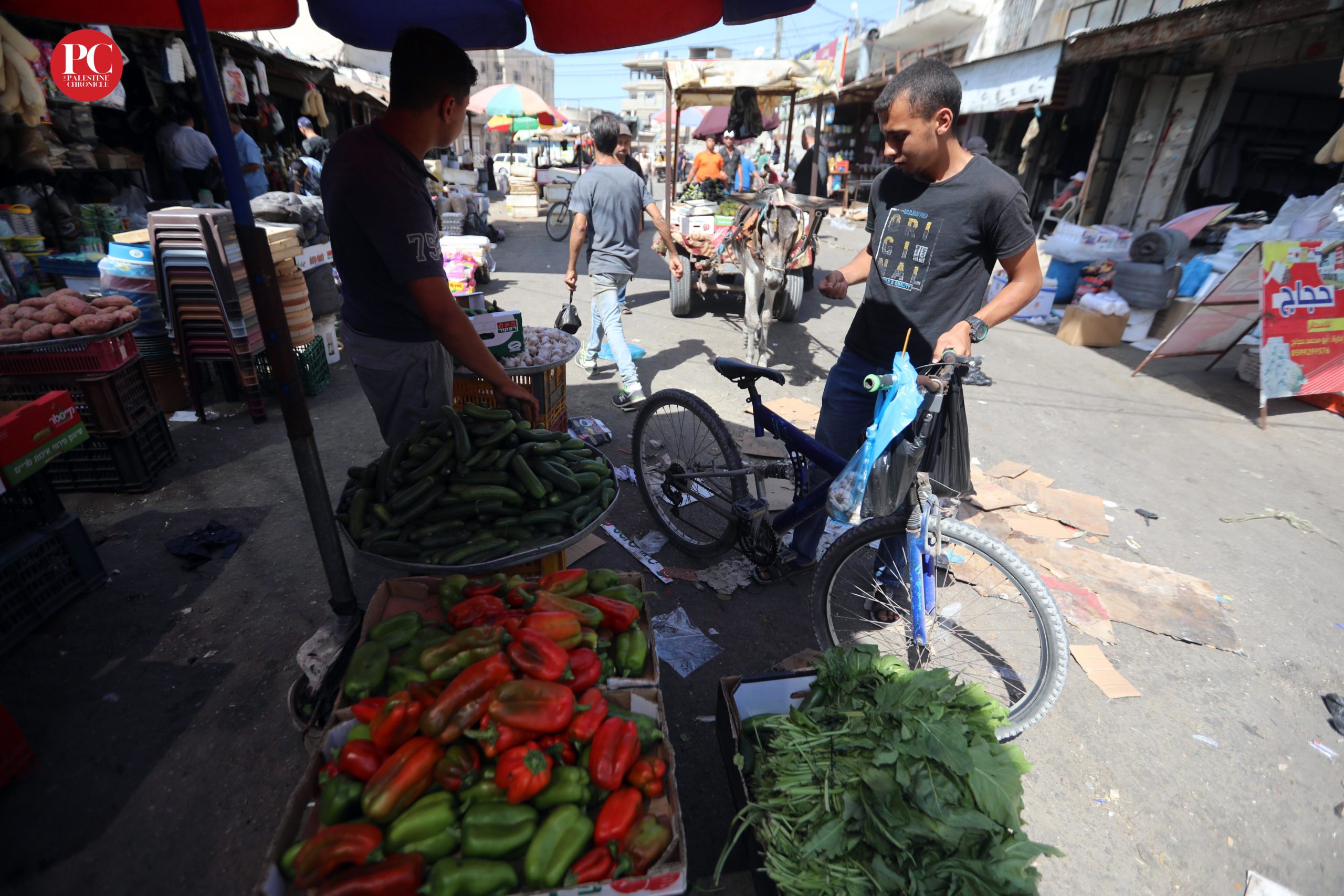
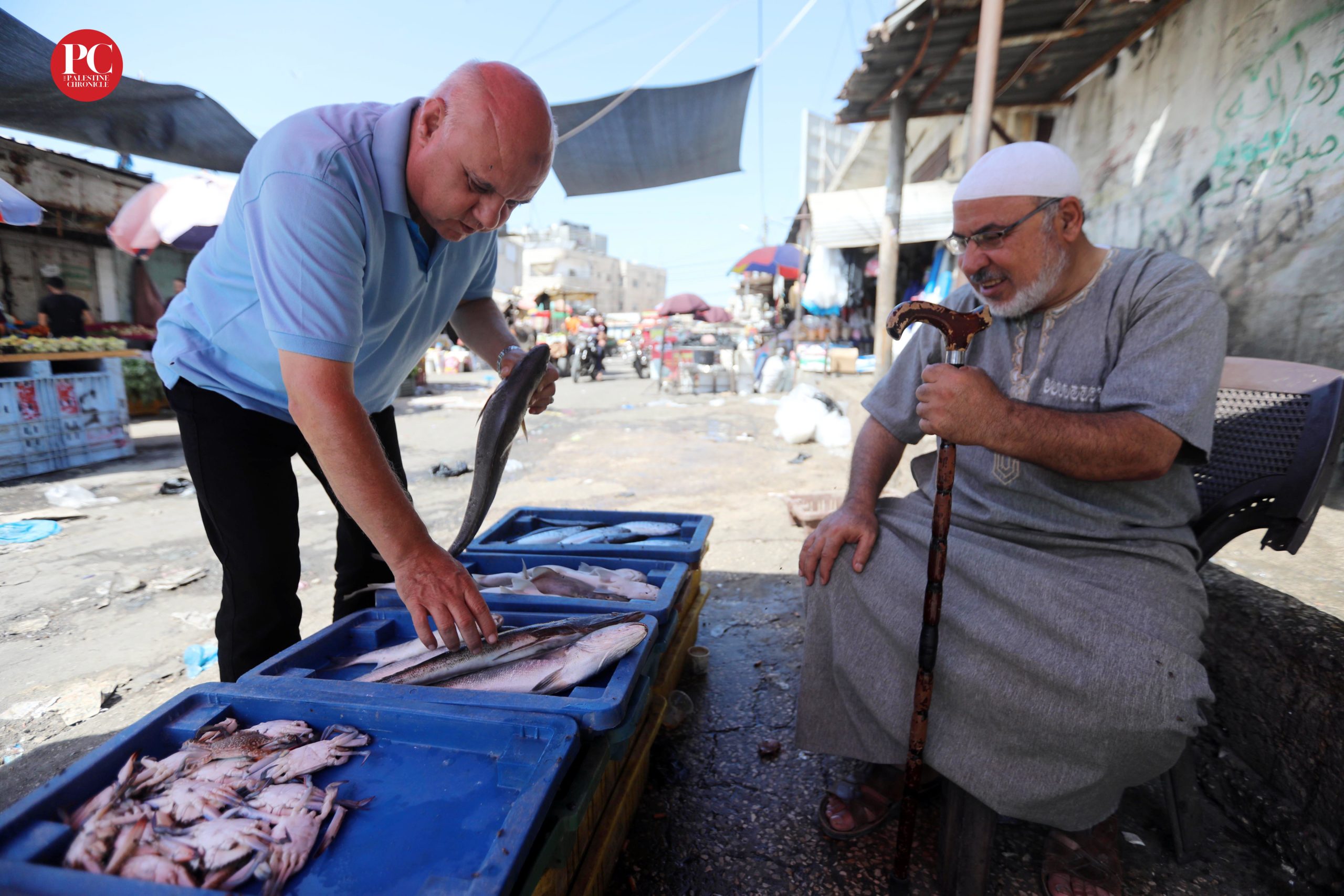
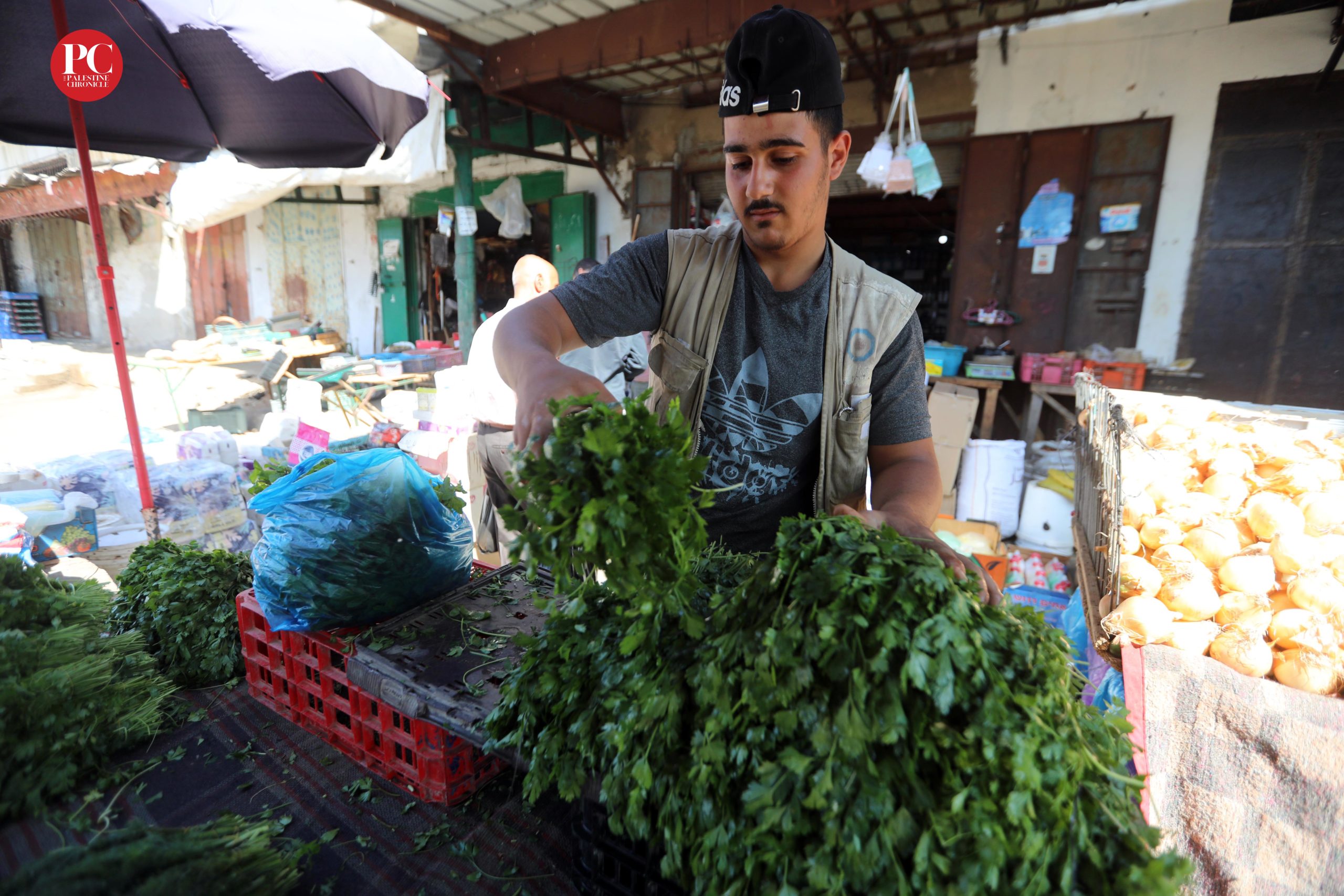
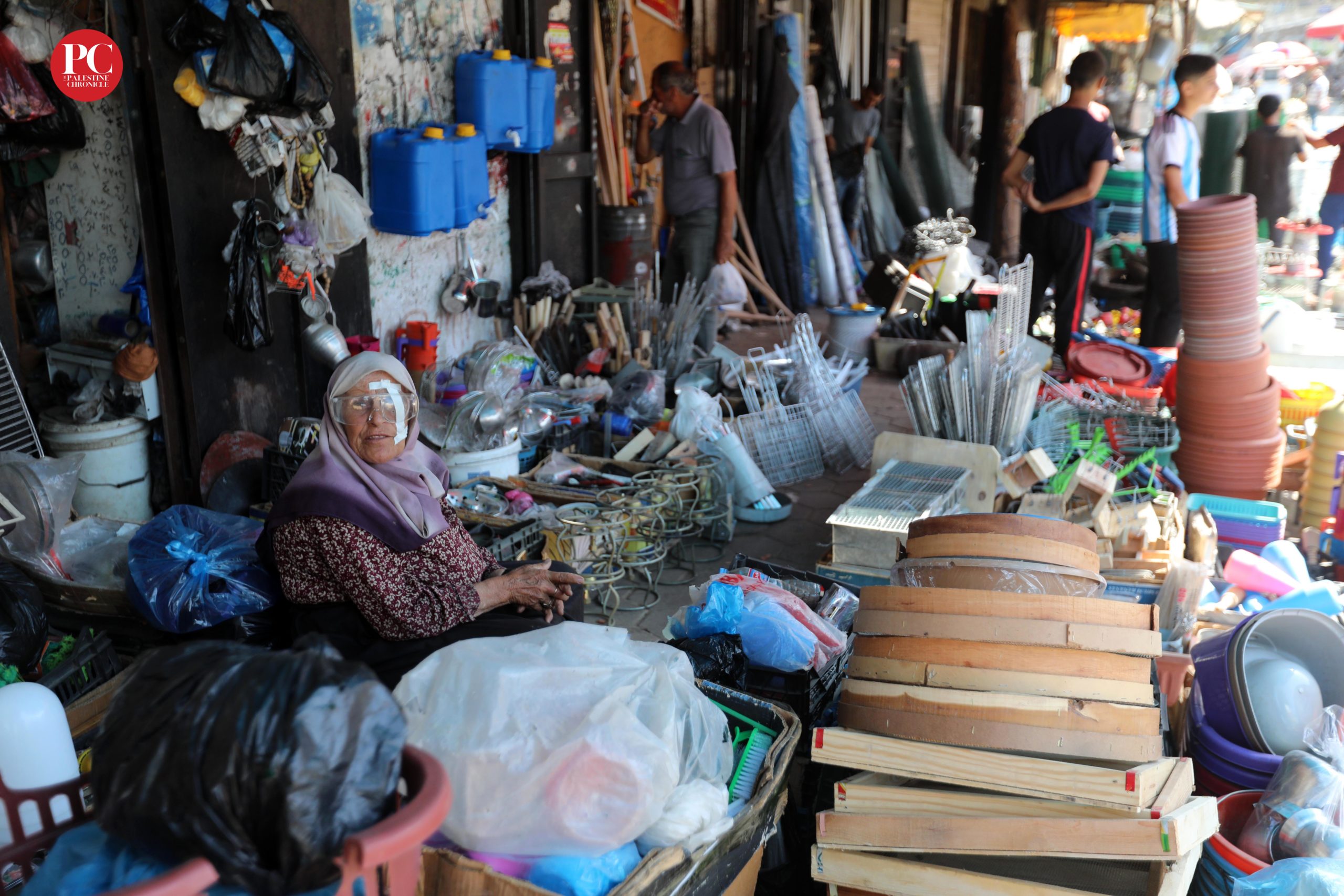
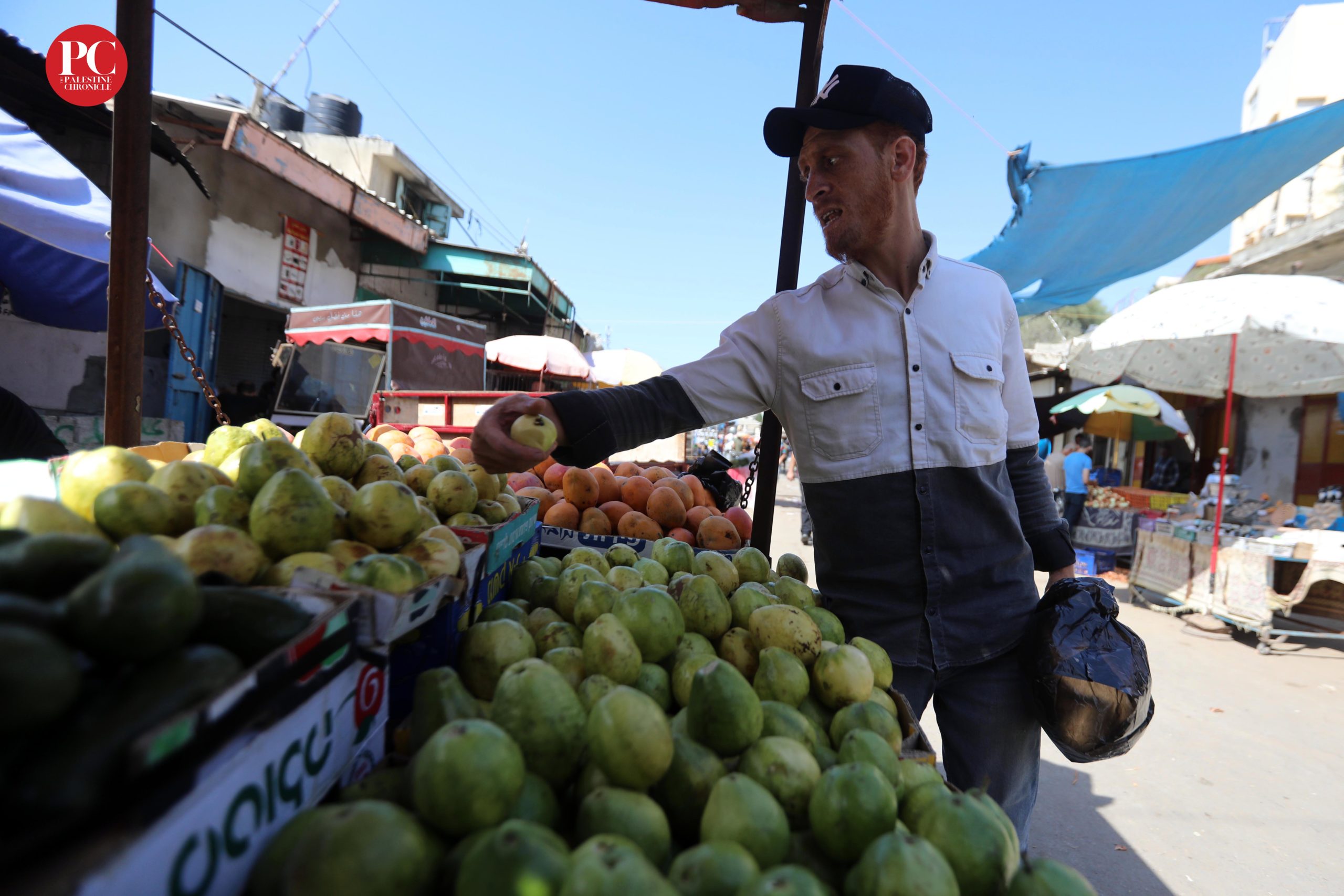
(All Photos: Mahmoud Ajjour, The Palestine Chronicle)

– Mahmoud Ajjour is a Gaza-based photojournalist. He is the Palestine Chronicle’s correspondent in the Gaza Strip.



